Nadja grew up hearing family stories that involved Queen Victoria and Christian Dior. Aged just 25, she joined the 100-year-old family business… and changed it forever. In the last 22 years her “go and get it” attitude has brought Swarovski to the very top of fashion and contemporary design, launching many an illustrious career in the process.
Q: Your plans to reposition Swarovski within the fashion industry were initially met with scepticism by both your family and the designers you approached. How did you overcome that hurdle?
A: I had to show examples of what could be achieved if we worked with cutting-edge designers, such as Alexander McQueen or Julian McDonald among many others. It was amazing what they could do with crystal. For the fashion industry, it was also very innovative and impactful to see that use of crystal.
Before that, when people thought of crystal they thought of big, clear, in your face pieces. But we have 350,000 variations of crystal in terms of size, shape, and colour which have a thousand uses; and this is what McQueen demonstrated to the astonishment of the whole fashion industry.
We keep thousands of different crystals in our showrooms around the world and regularly invite artists to come and “play” with them. It is a way to encourage creativity and innovation. At the same time, we help them understand how to work with crystal, may that be how to choose a specific crystal, how to glue it, sew it into fabric, or combine crystal cuts.
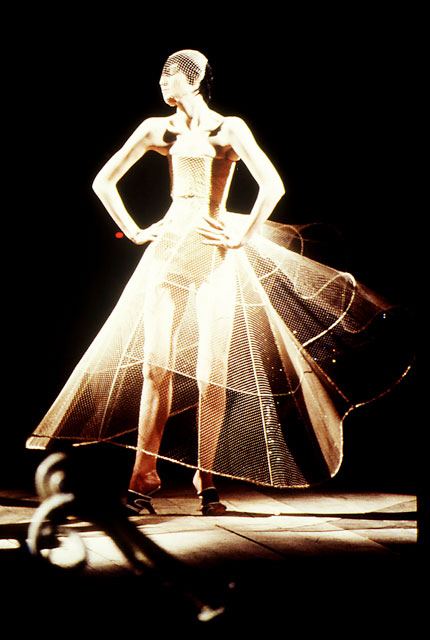
Q: Collaborations are a constant in your career from iconic personalities such as Zaha Hadid or Alexander McQueen to exciting talents like Rosie Assoulin and Christopher. Why are collaborations so important to Swarovski?
A: I started these collaborations because I remembered the stories of my grandfather when he was working with Dior, Chanel… and nobody in the company was doing that. I realised then that my Christian Dior was Alexander McQueen.
We work with so many designers because every time we work with a different one, we are showing a new interpretation of Swarovski. We want to show how multidimensional we are, not only from the material’s point of view but from the artistic point of view.
When we work with designers we promote what they do and that, in turn, inspires the industry to follow, may that be jewellery, fashion, architecture, interior design…
For example, I remember the chandeliers we created for Swarovski Crystal Palace in 2002. Nobody had seen anything like that before. When you show so much innovation and creativity, eventually the sales follow.
Q: You are seen as a big supporter of young creative talent and you have helped launched many careers, also contributing to London being seen as a talent nest. Who are the latest artists supported by Swarovski?
A: It is important for us to help catapult the careers of young artists. It benefits every- one: them, us, the consumer… We are very much about information sharing and about celebration. I take inspiration from Eleanor Lambert, a lady I knew who was a doyenne of fashion public relations in America and was exceptional at connecting people.
Q: Nowadays Swarovski is everywhere: from Disney to the new London Design Museum, The Fashion Awards, The Council of Fashion Designers of America… aren’t you worried that the brand could dilute? Or that the world will get bored of Swarovski?
A: Yes, of course. That is why it is very important to protect it and curate it in the right way. When we support a worthy project or give an opportunity to a talented young artist we are not diluting the brand, we are enhancing it.






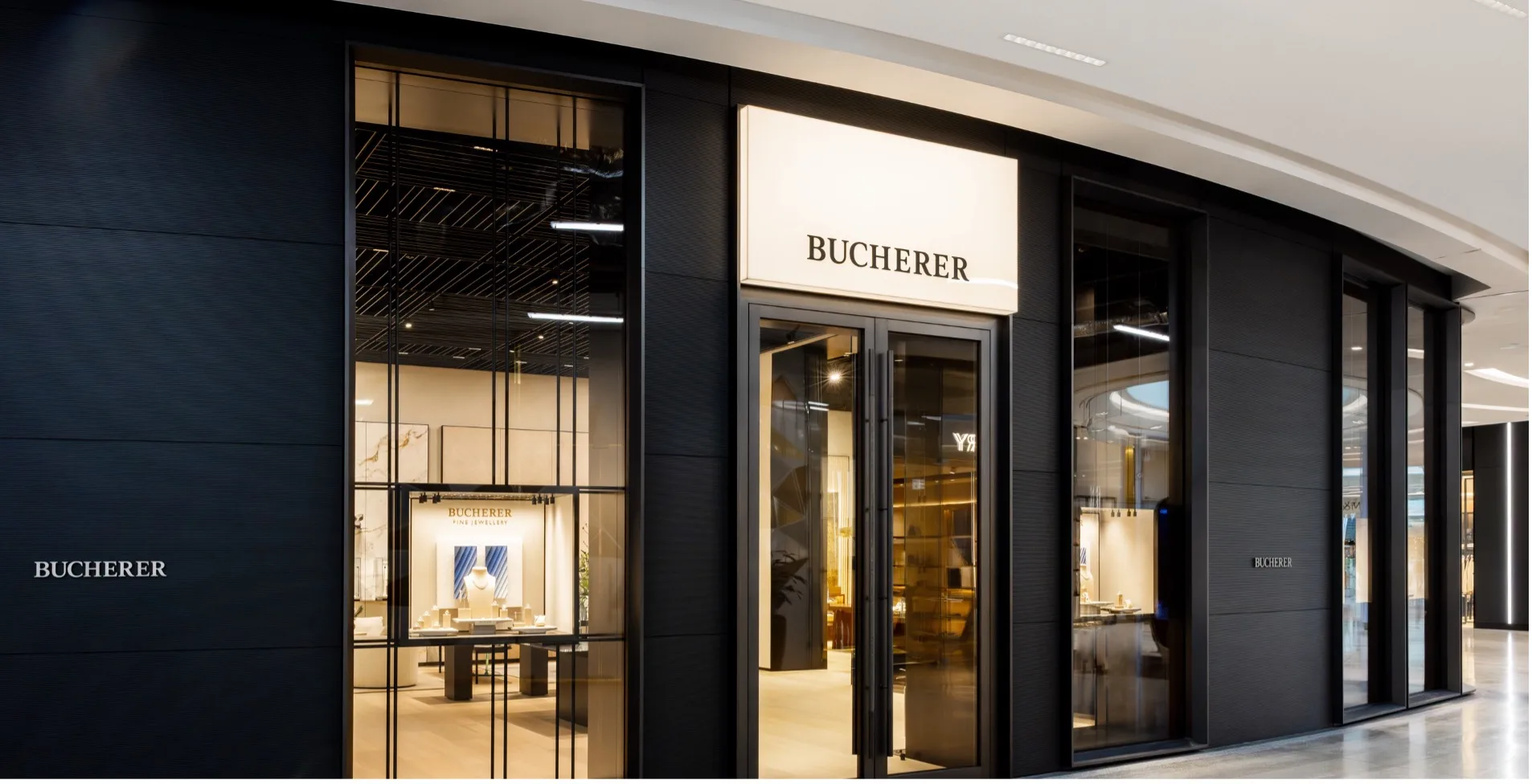

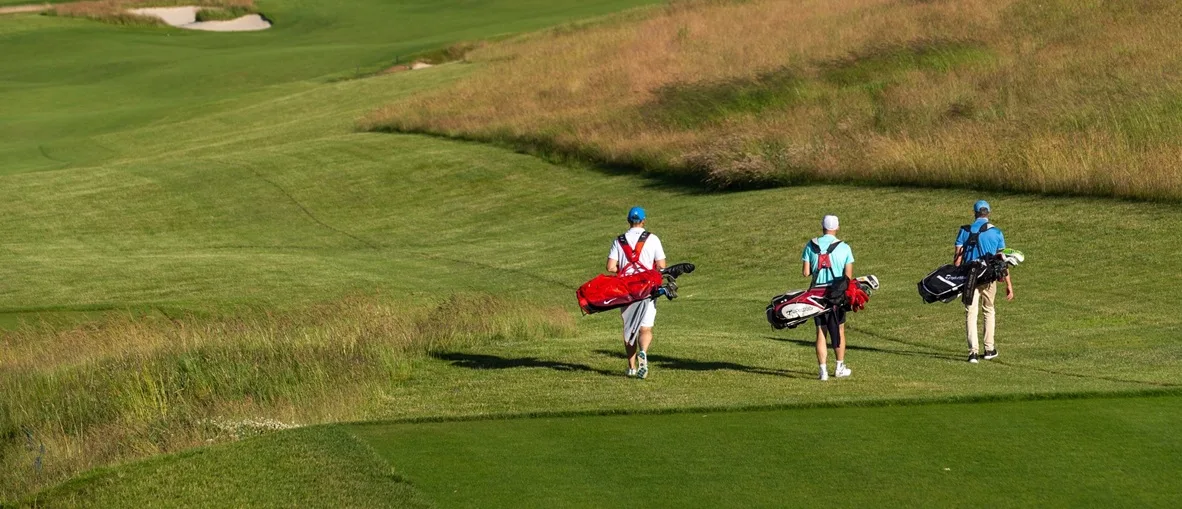


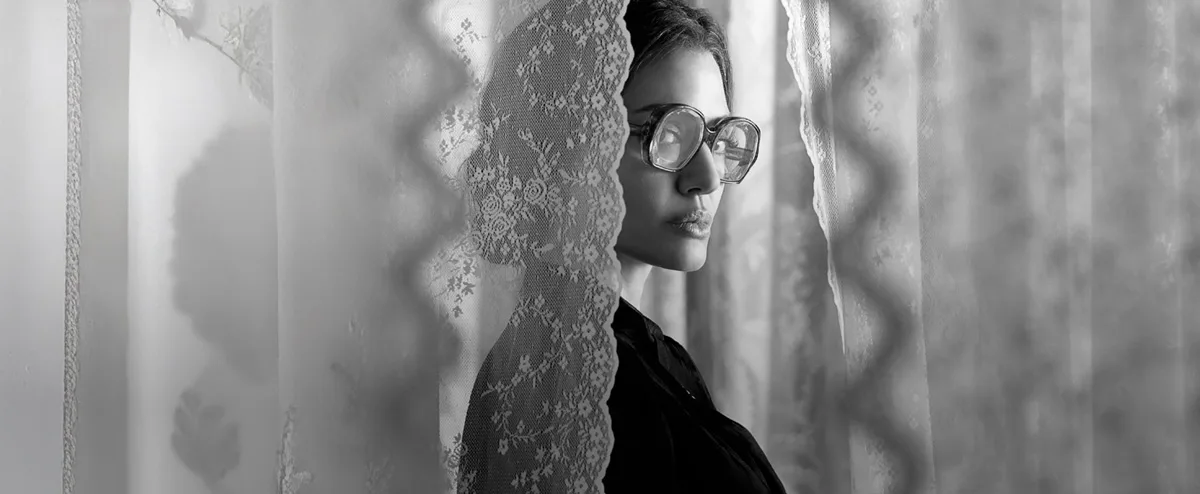
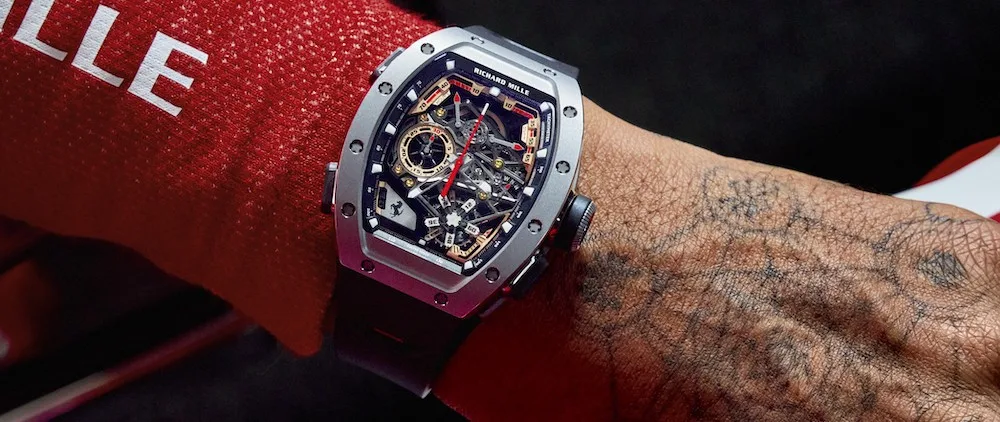
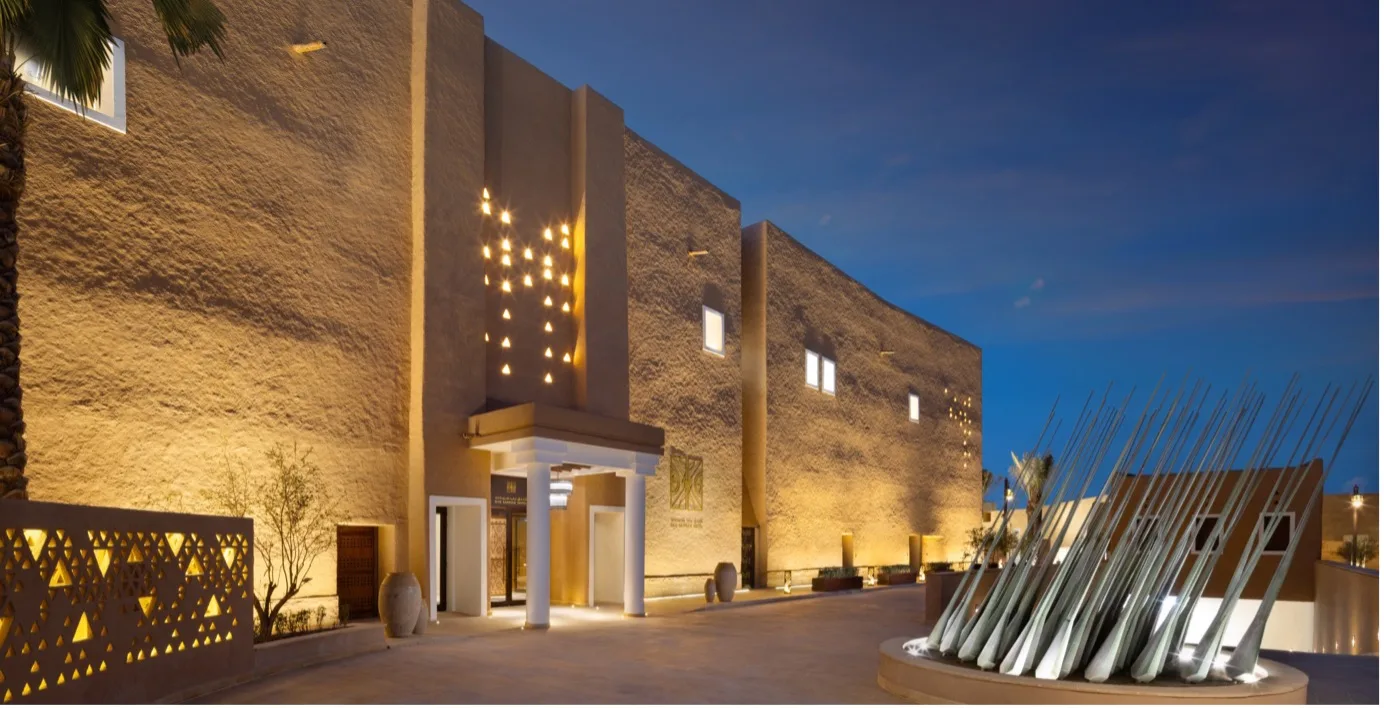



Show Comments +